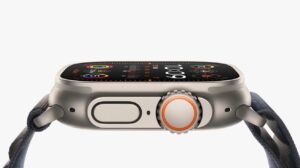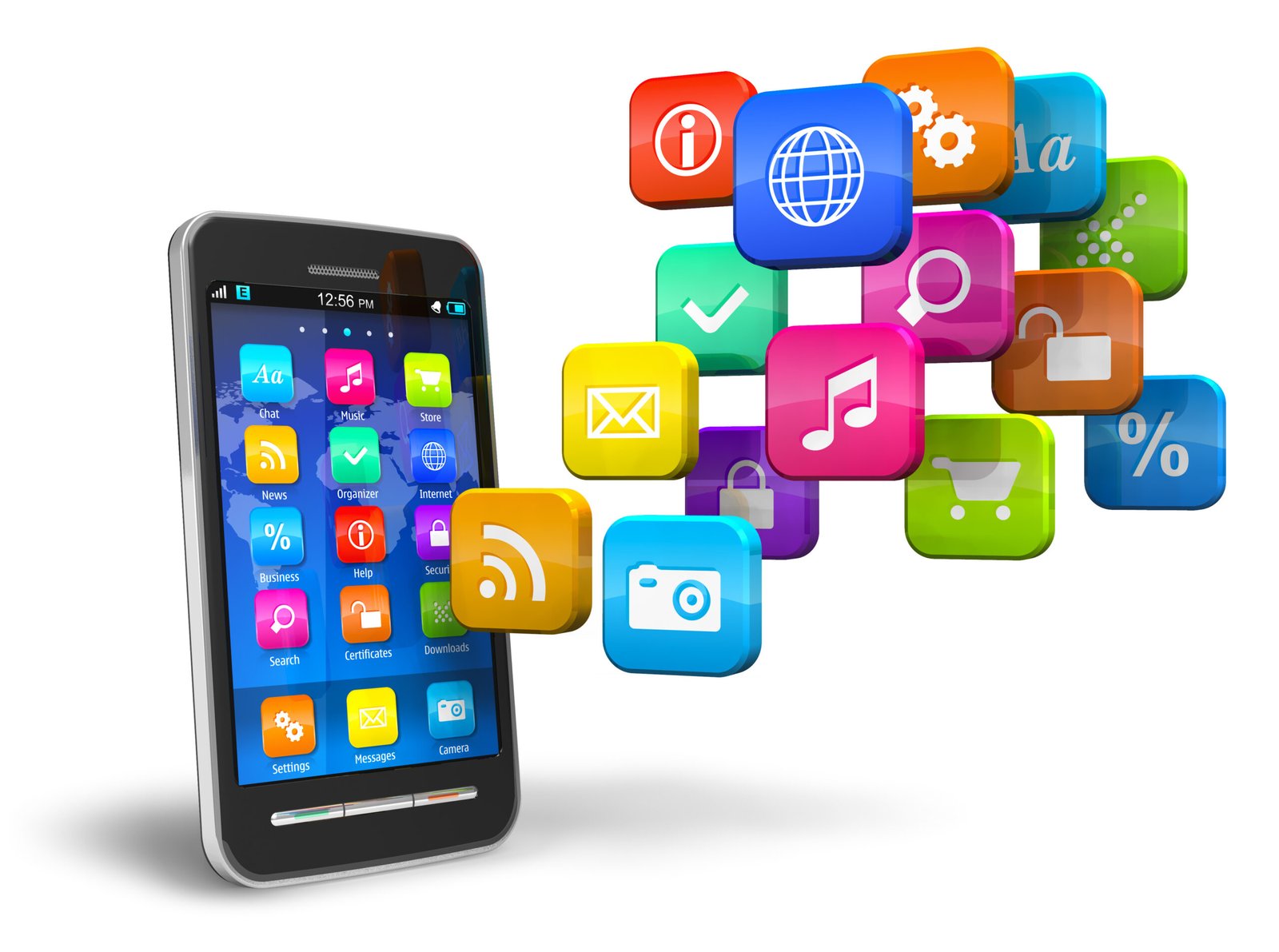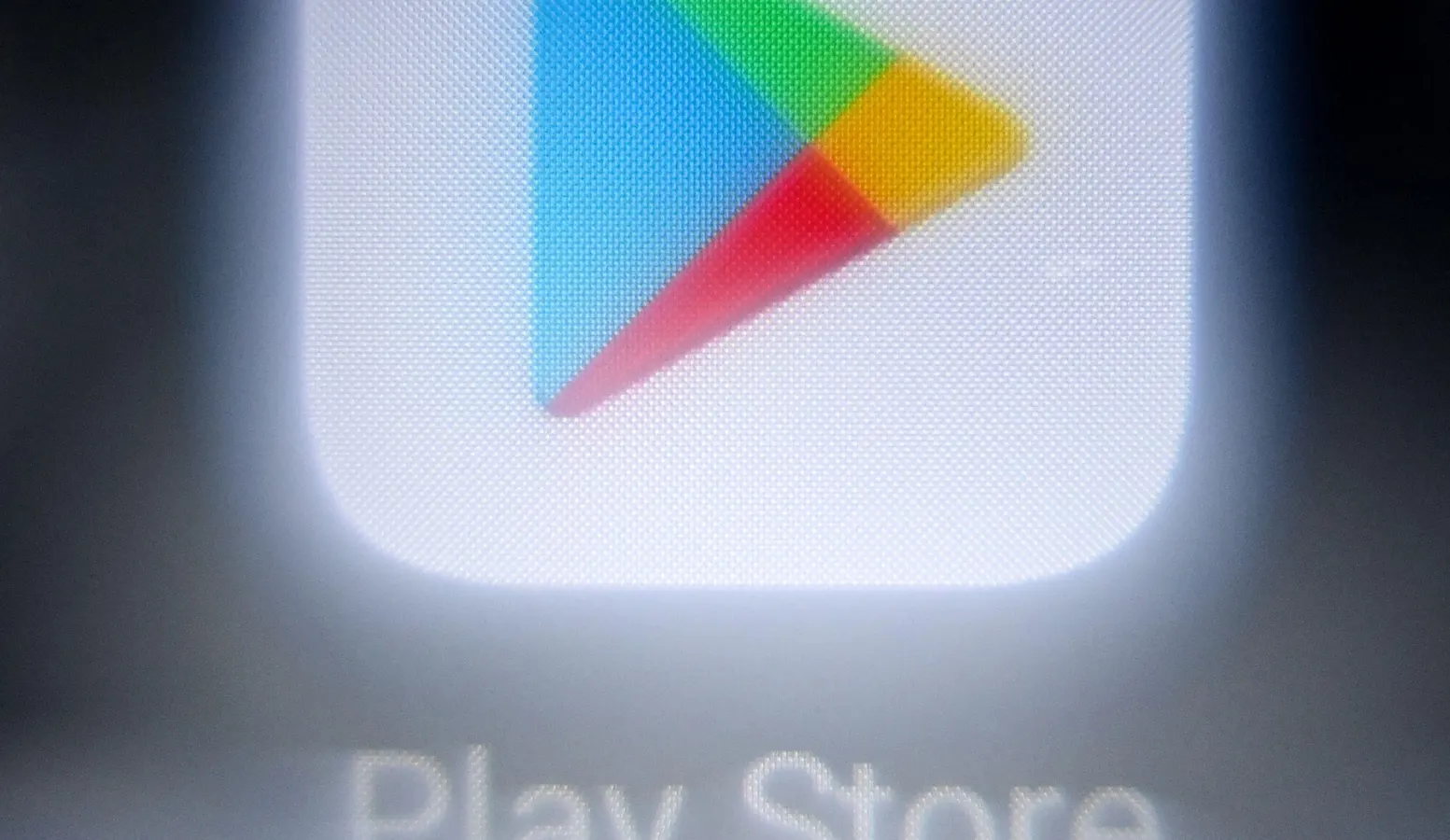As per the latest reports, a Vietnamese security company Bkav has managed to successfully trick the iPhone X’s new FACE ID security feature which Apple claims as the most advanced and highly secured authentication system. It has created a new 3D mask (which costs ~200 USD) which can befool the Face ID by using the same criteria as used by the twins two unlock iPhone X.
Previously also Bkav tricked the Face ID, but at that time they had not turned on “Require Attention for Face ID” and “Attention Aware Features” which raised many questions about the authenticity of the test. But the latest video that released by Bkav about a new test using a new 3D mask reveals that it had turned on both the above-mentioned features of iPhone X while undergoing the experiment to decode the Face ID.
For the experiment, Bkav prepared a 3D mask made up of stone powder, with glued 2D images of the eyes. Bkav experts found out that stone powder can replace paper tape (used in the previous mask) to befool Face ID’s AI at a much better level than the previous test. The eyes were printed infrared images – the same technology that Face ID itself uses to detect the facial image and capture the face data. The Bkav experts then enabled the iPhone X with the highest possible security options, and then they enrolled the owner’s face to set up Face Id. After that, they immediately put the iPhone X in front of the 3D mask. The result thrilled them as the 3D mask successfully unlocked the phone thus deceiving the Face ID technology.
Bkav named the new 3D mask “the artificial twin” as the research showed the way of unlocking the iPhone X using a mask that applies the same process just like the twins might have used to unlock the phone. This latest experiment reveals that iPhone X’s Face ID authentication technology is not fully secured as claimed by Apple during the launch event of iPhone X. In a blog Mr. Ngo Tuan Anh, Bkav’s Vice President of Cyber Security, said, “About 2 weeks ago, we recommended that only very important people such as national leaders, large corporation leaders, billionaires, etc. should be cautious when using Face ID. However, with this research result, we have to raise the severity level to every casual user: Face ID is not secure enough to be used in business transactions.”
At the launch event Apple informed that the probability that a random person in the population could look at a person’s iPhone X and unlock it using Face ID is approximately 1 in 1,000,000 (versus 1 in 50,000 for Touch ID) that means the new face detection authentication technology is highly secured and is very difficult to get tricked. But it had also said that the statistical probability might get triggered in case of twins or siblings that look alike and also children under the age of thirteen. And the latest experiment of Bkav caught this small hint of the vulnerability of iPhone X and successfully tricked the Face ID. Recently, a video was uploaded online in which it was seen that a 10-year-old boy unlocked the iPhone X which was actually set to be unlocked by his mother’s face. These incidences indicate that the iPhone X’s Face ID security feature can be vulnerable in some instances.
















